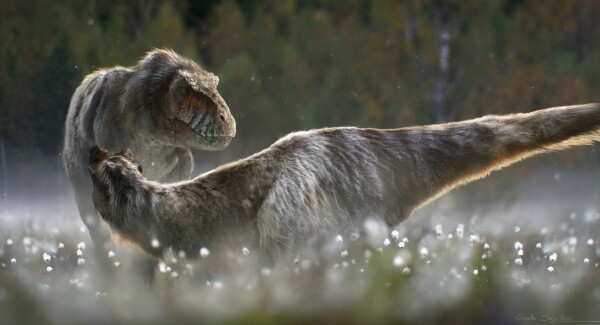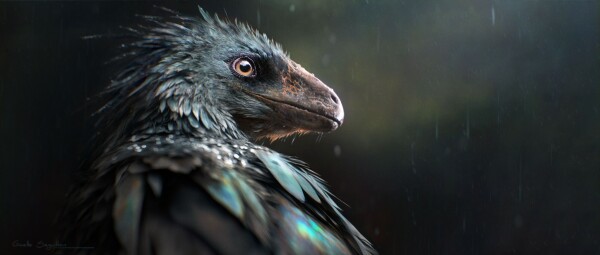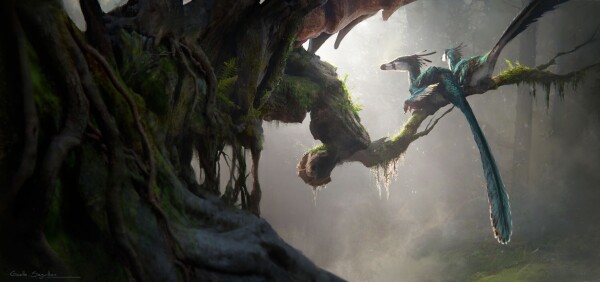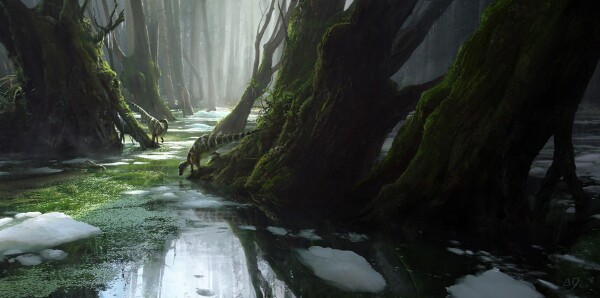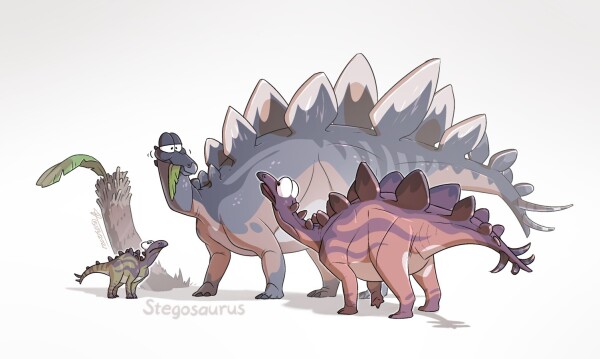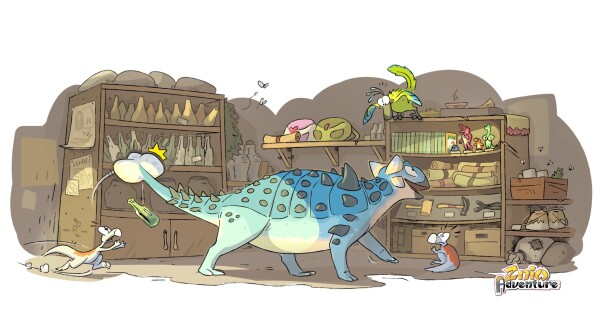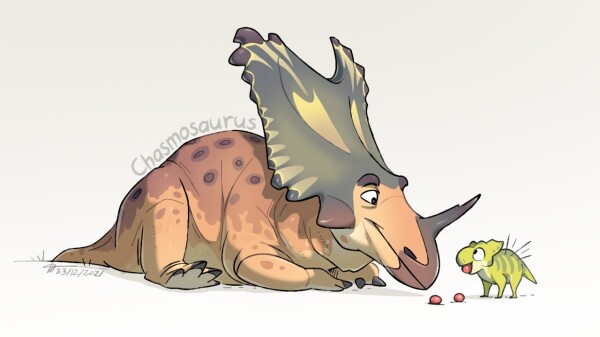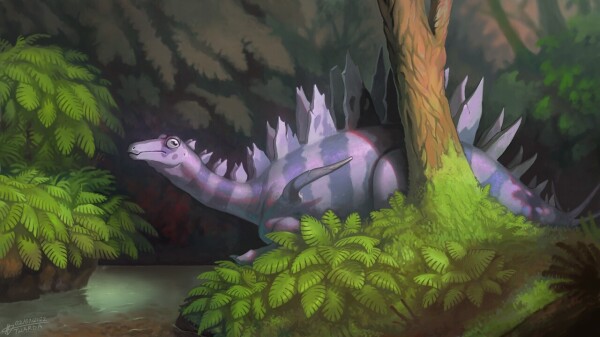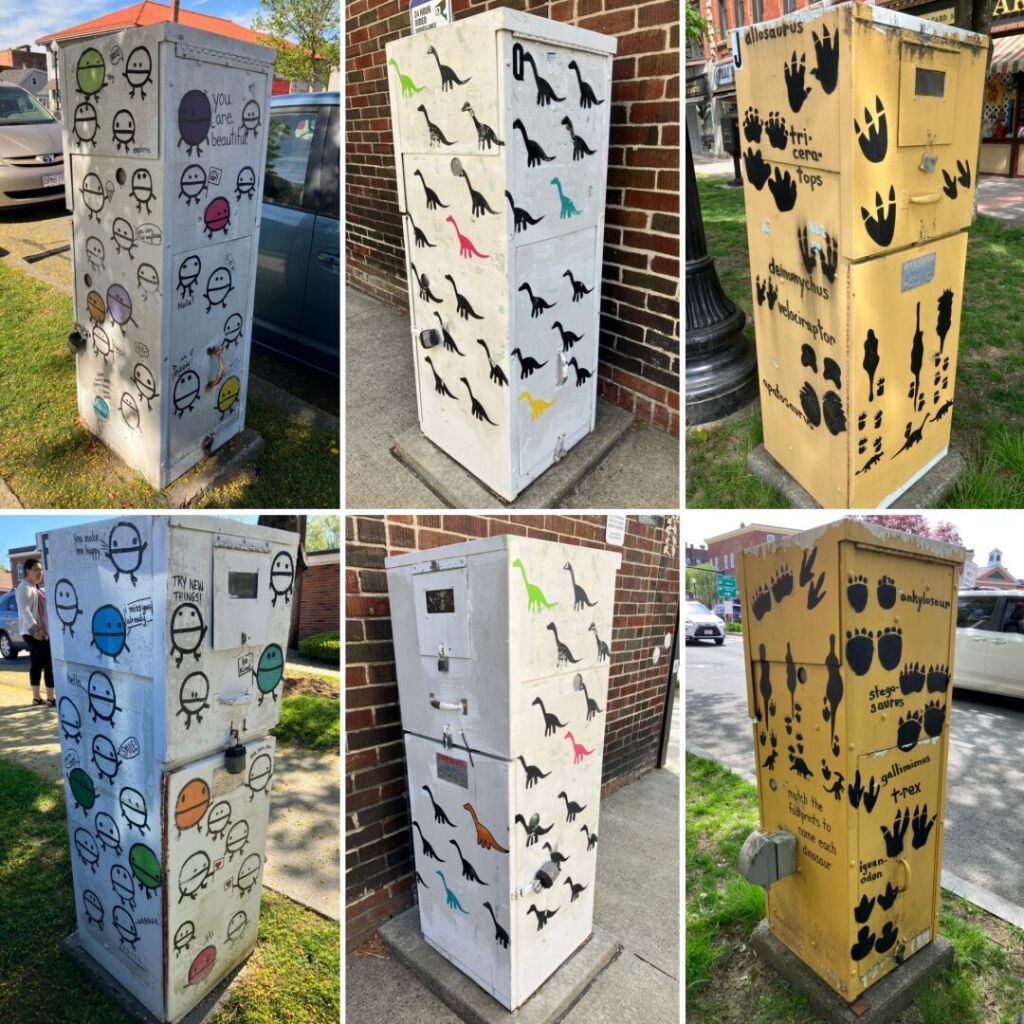Search
Items tagged with: dinosaurs
Hi there, my name is Gaelle Seguillon I am a Concept artist and aspiring paleoartist and I love nature, travel and dinosaurs!
#introduction #paleoart #conceptart #dinosaurs
#introduction #paleoart #conceptart #dinosaurs
#introduction
Hej! I'm Karolina Twardosz, a.k.a.Twarda.
I'm a freelancing #artist and illustrator based in Poland.
I design creatures, enjoy #paleoart, and draw #dinosaurs
I'm also a #gamedev and working on my second game with cartoon dinosaurs - Zid Journey!
It's nice to meet you!
Hej! I'm Karolina Twardosz, a.k.a.Twarda.
I'm a freelancing #artist and illustrator based in Poland.
I design creatures, enjoy #paleoart, and draw #dinosaurs
I'm also a #gamedev and working on my second game with cartoon dinosaurs - Zid Journey!
It's nice to meet you!


